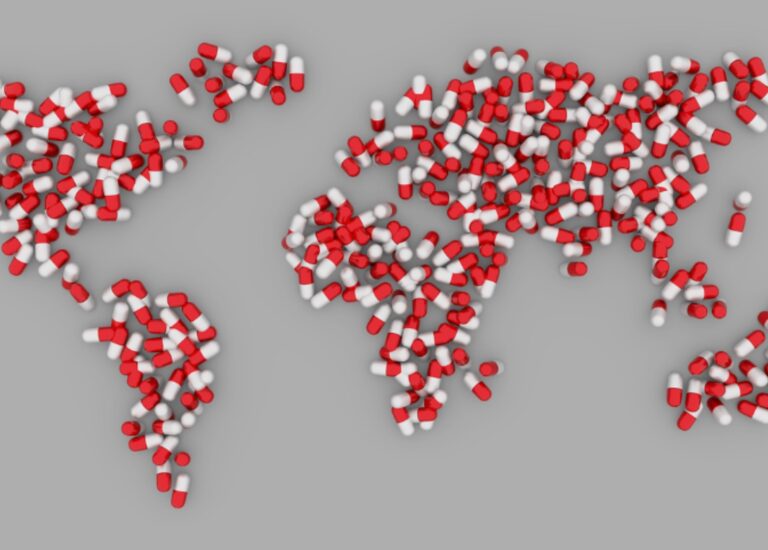What happens when the 3rd largest Pharmaceutical market makes fundamental changes to its pricing structure? Smart Pharma marketers look for innovative solutions.
Pharma Market in Japan
As a Pharma professional, you may be familiar with Japan’s healthcare system. You know they have a universal health insurance market and a fee-for-service provider remuneration. You may also know that, like every developed country with an aging population, Japan has an increased need for healthcare. In 2015, Japanese drug sales amounted to JPY 10,958 billion (US$ 104.6 billion), which was a 6.2% increase from 2014. Like other markets, Japan needs to cut healthcare costs, which they did earlier this year via price reductions that went far beyond the routine. Every two years, Japan re-examines and cuts drug prices. Normally this isn’t something to remark upon, but this year the pricing revisions were huge – up to 50%. Per the new pricing structures, the more popular a drug is, the more the price will be cut. For example, as explained by Donald Macarthur, “If a product has JPY 100-150 billion in sales within 10 years of listing and those sales are at least 1.5 times the forecast, the cut can be up to 25%. If the drug sales of a product are greater than JPY 150 billion within 10 years of listing and at least 1.3 times the forecast, the cut can be up to 50%.”
Some brands hit badly by the new rules include Harvoni (31.7% cut) and Solvardi (31.7% cut) which, interestingly, had only been on the market a few months. Some mature drugs that have been on the market 15 years or more saw dramatic price slashes occur all at once. On the plus side, the pricing revision gave a two year extension to the rolling pilot new drug premium program. This program allows qualifying products to receive a price premium of 5.41% provided the resulting price does not exceed the previous price. This means that some key brands won’t face price reductions while their patents are still in effect. Another element of Japan’s cost-effectiveness requirements is the growing generics market.
Japan is Pushing Generics
Every market evaluates drugs based on price and patient outcome these days. In Japan, the government is encouraging the use of generic drugs as it sees generics cost less and are still effective. It seems the Japanese government sees generic drugs as a primary way to reduce costs, and is encouraging their use. As a result, generics are increasing market penetration and expected to be around 70% by mid 2017 and around 80% by mid 2018 or 2020. What does this mean for the Pharmaceutical industry?
An Industry Response
Takeda has maximized their share of the generics market by joining forces with Teva. The joint venture is restricted to Japan. Takeda is separating its off-patent drugs and sharing its domestic distribution with Teva in Japan in a new venture in which Teva holds 51% and Takeda 49%. Sales from the off-patent products put into the new company amounted to around JPY 125 Billion (US$ 1.1 billion) in 2014 and around 7% of Takeda’s global revenue. As the generics market grows in Japan, this kind of joint venture may start to increase as companies like Dr. Reddy and Sun Pharmaceutical may start to acquire smaller or mid-size Japanese companies to gain a foothold in the Japanese market, or Big Pharma may start to diversify more into the generics space in Japan. It’s clear something needs to change.
Other Innovations
Big Pharma has an opportunity to completely revamp their pricing models for innovator drugs.
For example, the price-per-pill model of the past is not optimal for the future. In all markets, pricing is being evaluated around value (hence, generics are seen as high value in Japan) and patient outcomes. This is one opportunity to develop processes and services that go beyond the pill. When it comes to pricing models, Eularis combine clinical trial data and real-world patient evidence with Artificial Intelligence (AI) to evaluate pricing before drugs are launched. This approach provides needed insight to achieve high value to payers and Pharma combined with optimized patient outcomes to ensure that the value is clear. Nevertheless, while using AI in this way does offer improved outcomes for all parties, it doesn’t fundamentally change the Pharma business model, only the analysis model.

